Dan Steinbock describes the process by which the Netanyahu government has sought to transform Israel from within and annex the occupied territories. Part 2 of a 5-part series.
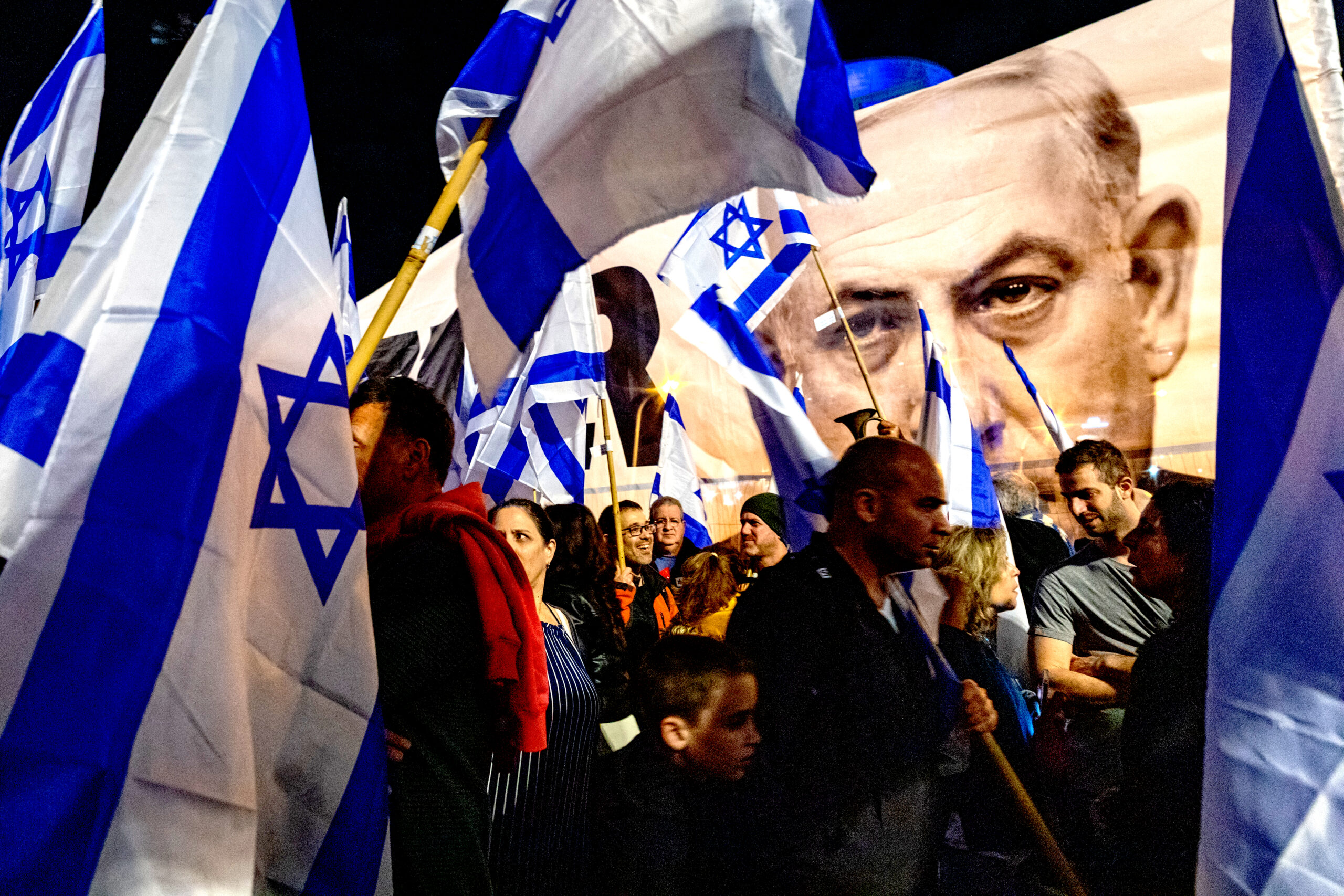
Demonstrating against the Israeli government’s plans to suppress the Supreme Court, Feb. 26. (Oren Rozen, Wikimedia Commons, CC BY-SA 3.0
This is the second in a five-part series. Here is part one.
By Dan Steinbock
The World Financial Review
 Since January, the Netanyahu government has pushed for highly controversial judicial reforms, a series of changes to the judicial system and the balance of powers.
Since January, the Netanyahu government has pushed for highly controversial judicial reforms, a series of changes to the judicial system and the balance of powers.
The effort has been led by Yariv Levin, Prime Minister Benjamin Netanyahu’s deputy prime minister and justice minister, and Simcha Rothman, chair of the Knesset’s Constitution, Law and Justice Committee.
Levin fought the Israeli withdrawal from Gaza, opposes a two-state solution and supports settlers.
Rothman, a critic of Netanyahu’s corruption trial, represents the militant, anti-Arab Religious Zionist Party that promotes far-right Kahanism and Jewish supremacy and supports the annexation of occupied territories to Israel. (For more, see Neta Oren’s article in The Middle East Journal, “’King Bibi’ and Israeli Illiberalism: Assessing Democratic Backsliding in Israel during the Second Netanyahu Era.”)
The key amendment passed by Israel’s Parliament, the Knesset, in late July, seeks to limit the Supreme Court’s power to exercise judicial review, granting the government control over judicial appointments.
It caused a political and constitutional turmoil that came to a head on Sept. 12, when the Supreme Court heard oral arguments in the case. The judicial reform effort reflects descent toward autocracy and was opposed by most Israelis in massive protests.
In the past, Israel’s judiciary has regularly upheld policies, practices and laws that helped enforce “Israel’s system of apartheid against Palestinians,” including upholding administrative detentions, green-lighting the destruction of villages and imposing restrictions on family reunification.
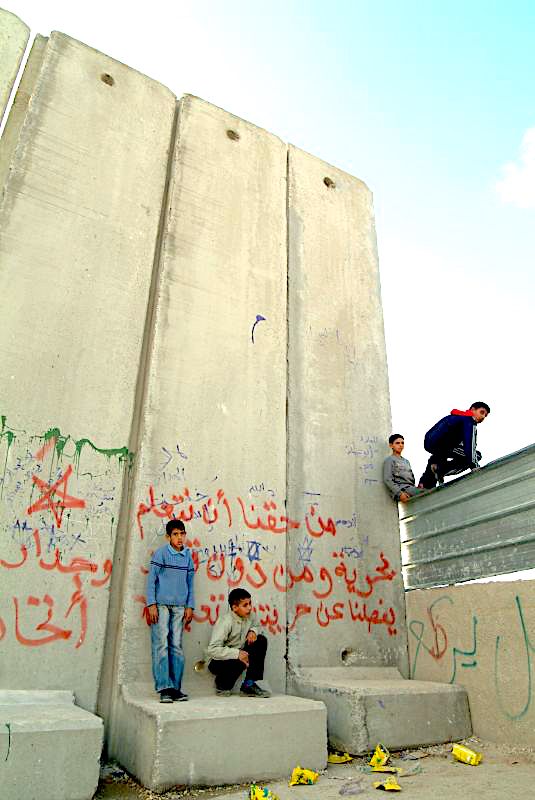
Wall between Israel and Palestine, Anata, West Bank, 2005. (Photo by Dafna Kaplan via David Lisbona, Flickr, CC BY 2.0)
But on some occasions, the Supreme Court has intervened in protecting Palestinian rights. If the institution loses power to the government, even this “slim and inconsistent” protection would disappear. In the view of critics, the proposed overhaul would have chilling implications for Palestinian rights.
Hoping to undermine Israeli democracy, Netanyahu’s bedfellows seek to transform Israel within and annex the occupied territories. Given that the coalition government held a 64-seat majority in the 120-seat Knesset prior to the Hamas war, opposition parties can do little within the legislature to stop judicial reform.
Marginalization of Peace Movement
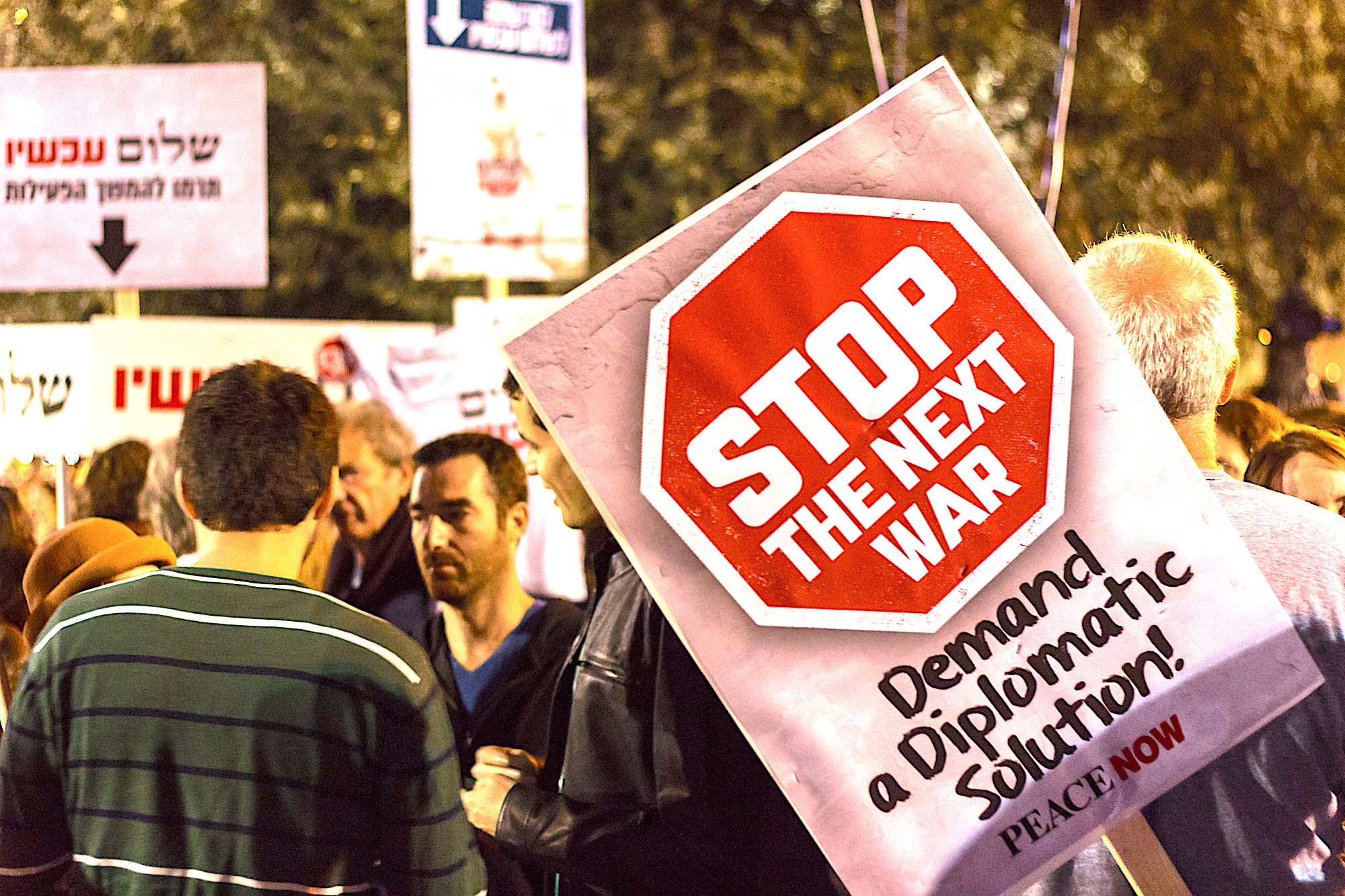
Peace Now sign at a Yitzhak Rabin memorial rally in Tel Aviv’s Rabin Square in 2014, marking 19 years since his assassination. (Oren Rozen, Wikimedia Commons, CC BY-SA 3.0)
While the roots of the Israeli-Palestinian nightmare were planted 50 years ago, the ongoing Hamas-Israel war has been in the cards for years.
[Related: Israel’s 50-Year Time Bomb]
After the 1967 Six-Day War, Israel occupied the West Bank, including East Jerusalem, Gaza and the Golan Heights. Since then, Israel has allowed and even encouraged its citizens to live in these settlements, often motivated by religious, ultra-ethnic and ultra-nationalist sentiments attached to Jewish history and the land of Israel.
On the eve of the Yom Kippur War in 1973, I toured the West Bank and Gaza Strip, as well as the Golan Heights, and interviewed both the colonisers and the colonised. What I found most ominous was the gap of perceptions between the two. The Israelis saw a bright future and thought they were paving the way to lasting peace. The Palestinians saw no future and dreamed of a land of their own.
After the Yom Kippur War [also known as the October War, the 1973 Arab–Israeli War or the Fourth Arab–Israeli War] Israel’s Labor coalition began to intensify the expansion of the boundaries of Jerusalem eastward. This encouraged a group of Messianic settlers to create a foothold in the West Bank, including Ma’ale Adumim by the group Gush Emunim.
These religious far-right Jews were met with protests by the peace activists.
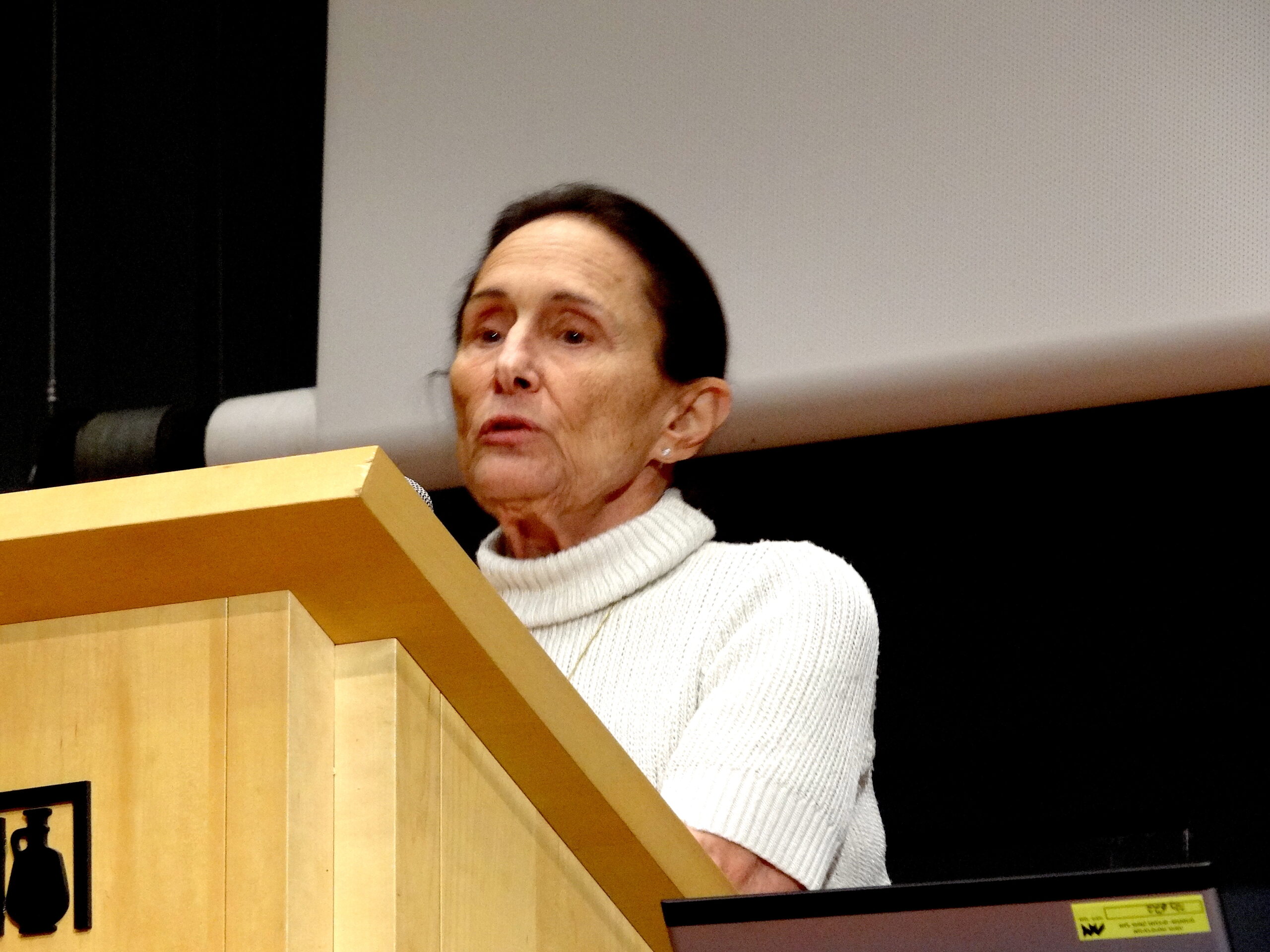
Yael Dayan delivering a lecture at Haifa University in the program Women’s Studies and Gender. (Hanay, Wikimedia Commons, CC BY-SA 3.0)
Among the peace movement’s leaders was the author Yael Dayan, the daughter of General Moshe Dayan and future Labor politician and feminist. As in 1973, Dayan said recently that “there is not and there cannot be a real and lasting peace that can be reconciled with the massive colonisation of the Occupied Palestinian Territories.”
After discussions with her, I joined the movement and the protests. I saw the settlements as a time bomb that could subvert Israeli democracy, endanger Israel’s Jewish and Arab citizens and Palestinians, morph into apartheid and cause a cycle of “forever wars” with its Arab neighbours.
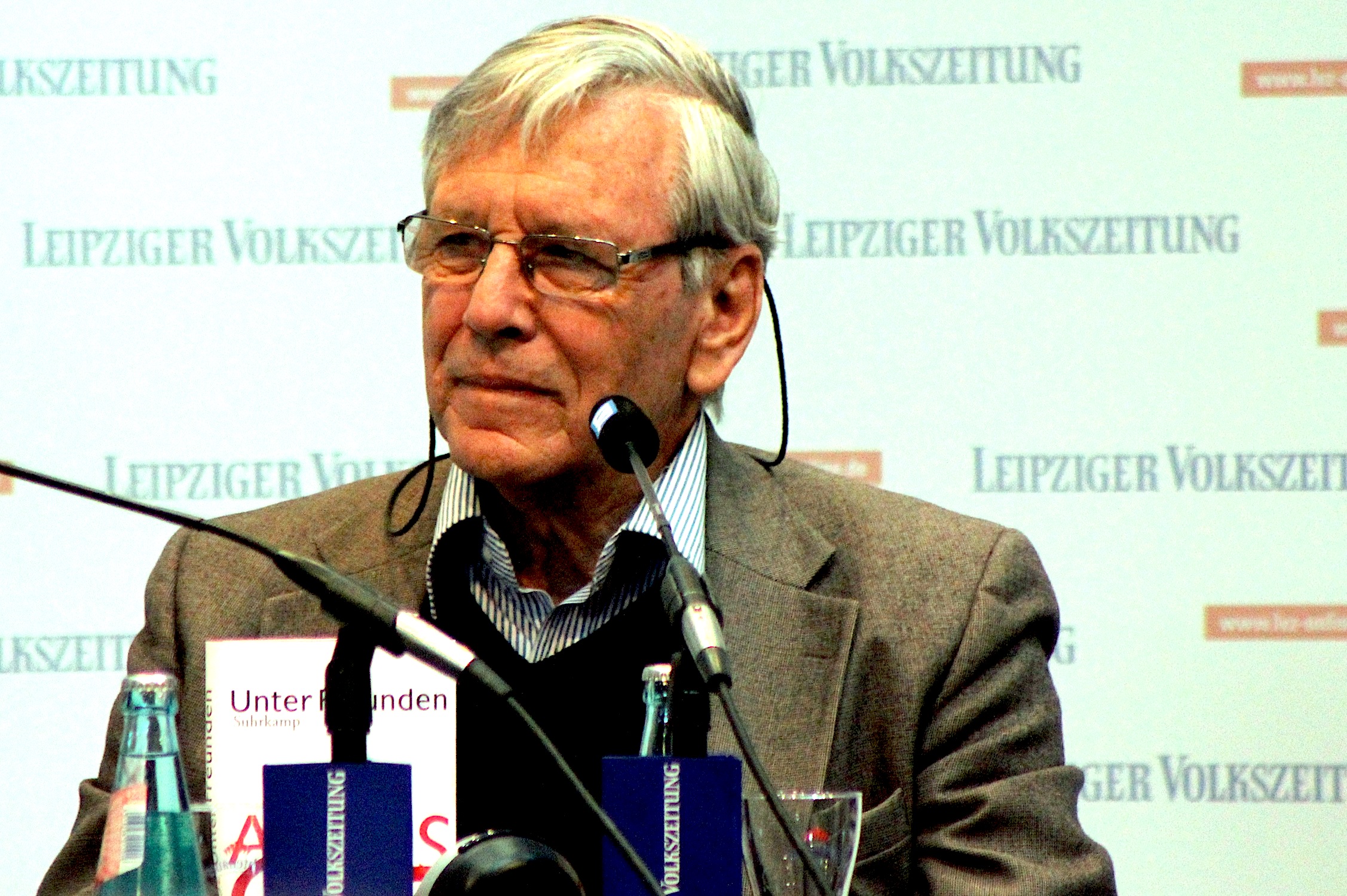
Amos Oz in 2013. (Lesekreis, Wikimedia Commons, CC0)
One of the founders of the “Peace Now” movement was the late novelist Amos Oz, a dear friend whose book on the settler-induced divisions In the Land of Israel (1983) I would later translate. He was among the first Israelis to advocate a two-state solution to the Israeli-Palestinian conflict.
Oz warned of the dangers of the occupation back in1967 and called the radicalized settlers neo-Nazis. At the same time, he also said he loved Israel, “even when I can’t stand it.” In one way or another, all of us were called “traitors.” But like Amos, we’d respond: “At least we’re in good company.”
In retrospect, the early peace efforts were vital, but no match for the settlement policies that have been legitimised in terms of national security interests and fuelled by massive arms trade and U.S. Big Defense.
Like the peace movement, the international community considers the settlements a violation of international law.
[Related: Biden Administration’s Capitulation to Israel]
Yet, hawkish advocates of national security favoured their expansion. For all practical purposes, they have won. In the early 1970s, there were barely 2,000 settlers in the West Bank. Today, that figure exceeds 500,000. Their problem is that they will never win the peace.
Dr. Dan Steinbock is the founder of Difference Group and has served at the India, China and America Institute (US), Shanghai Institute for International Studies (China) and the EU Center (Singapore). For more, see here.
The original version of this article was published by The World Financial Review.
The views expressed are solely those of the author and may or may not reflect those of Consortium News.
Donate to CN’s
Fall Fund Drive



Show Comments